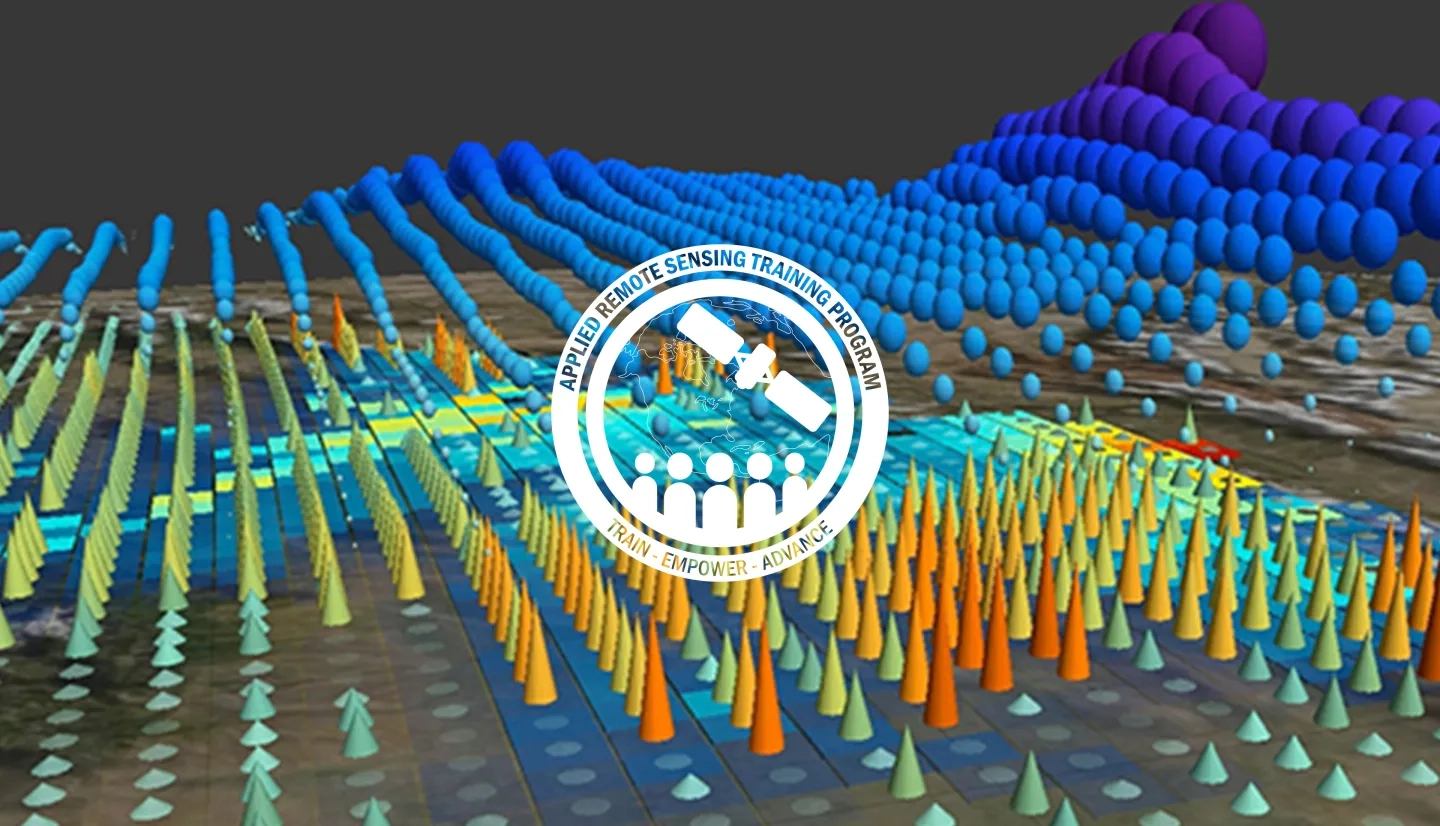Description
February 15, 2018 - March 01, 2018
Hydrologic modeling is useful for flood, drought, and water resources management. The Variable Infiltration Capacity (VIC) Model uses inputs to better understand hydrological processes in near real-time. Many of the inputs are available from NASA remote sensing and Earth system models, allowing the model to provide soil moisture, evapotranspiration, and runoff as outputs. Together with precipitation data, these outputs provide quantitative assessment of a regional water budget. This introductory training will include an overview of the model, sources of satellite-derived input data, and implementation of the model.
- Sessions 1 and 2B of Fundamentals of Remote Sensing
By the end of the training, attendees will learn how to:
- Download, install, and use the VIC model
- Set up VIC for a watershed or river basin using remote sensing data inputs
- Analyze output water resource components
This training is primarily intended for water resources professionals and disaster managers from local, state, and federal agencies, NGOs, and the private sector.
- Three 1-hour sessions
This session will cover an introduction to the Variable Infiltration Capacity (VIC) model, including an overview of VIC modules, computer hardware and software requirements, and an overview of inputs and outputs.
Materials:
Materiales en Español:
This session will go over the data preparation necessary, using the Mekong River Basin as an example. The session will also include a review of data sources, including MERRA temperature and winds; TRMM/GPM precipitation; SRTM terrain; and MODIS land cover, albedo, and leaf area index.
Materials:
Materiales en Español:
This session will focus on implementing the VIC model, using the Mekong River Basin as an example. This will include calibration and validation, analysis of outputs, examples of applications, and a discussion on the advantages and limitations of VIC.
Materials:
Materiales en Español:



